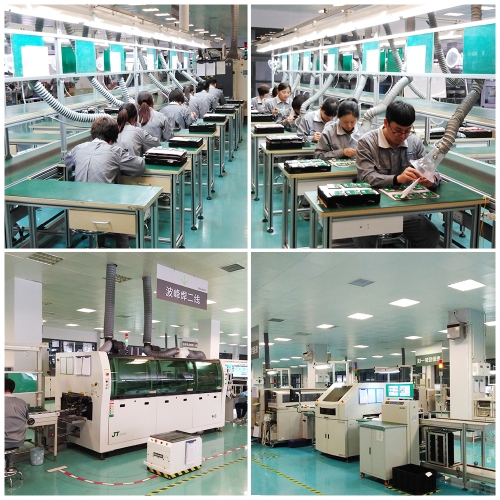FCA1 32-Way Pressure Display Unit Hydrodynamics Lab Equipment Vocational Training Equipment
32-WAY PRESSURE DISPLAY UNIT
The 32-Way Pressure Display Unit is an optional ancillary to Flow Channels (FC300, FC600). It measures and displays up to 32 pressures from models, Pitot tubes and other measuring instruments fitted to a water channel. It is ideally suited to applications where multiple pressure measurements are required, for example in flow over spillways and through sluice gates.
The unit mounts onto the control and instrumentation frame of the (FC300 or FC600) water channels. Connection to each of the 32 calibrated pressure transducers is via quick-release pressure inputs mounted on the front panel of the unit. This allows easy and quick connection between the unit and an experiment mounted in a water channel. All pressures are measured with respect to atmosphere.
The unit has an integral liquid crystal display with a scroll switch that allows all 32 channels to be viewed in groups of four at any time.
The conditioned outputs of the pressure sensors, and any other connected compatible electronic instruments, may be output to Versatile Data Acquisition System (VDAS-FC), available separately to allow computer-based data acquisition and display. Using VDAS® enables accurate real-time data capture, display, calculation and charting of all relevant parameters on a suitable computer (computer not included). When the 32- Way Pressure Display Unit is combined with VDAS®, it allows laboratory time to be used more efficiently compared to recording data manually. The facility in the software to average data to remove the fluctuations inherent in water channel measurements, enhances the quality of the results by making their interpretation much easier. This provides significant experimental advantages over conventional instruments such as manometers.

